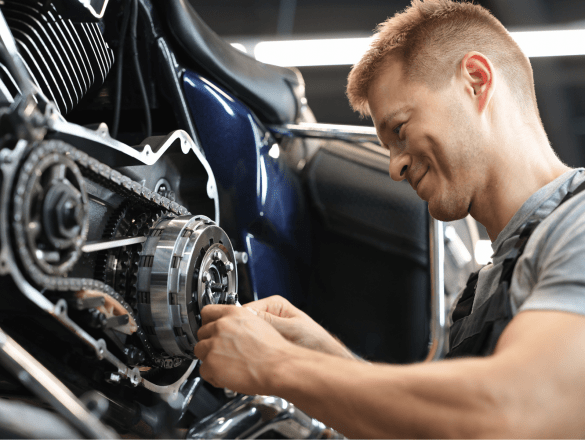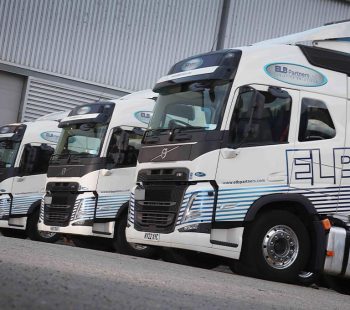 In our quest for sustainability, every aspect of our daily lives holds potential for positive change. Even seemingly insignificant items like bottle packaging can play a role in environmental conservation efforts. From upcycling glass bottles to using biodegradable materials, businesses are increasingly embracing sustainable practises in packaging. However, the journey towards sustainability extends far beyond packaging; it encompasses our modes of transportation as well.
In our quest for sustainability, every aspect of our daily lives holds potential for positive change. Even seemingly insignificant items like bottle packaging can play a role in environmental conservation efforts. From upcycling glass bottles to using biodegradable materials, businesses are increasingly embracing sustainable practises in packaging. However, the journey towards sustainability extends far beyond packaging; it encompasses our modes of transportation as well.
In this article, we delve into the importance of repairing and reusing cars and bikes for a sustainable future. We’ll explore the environmental benefits of maintaining vehicles and bicycles, with a specific focus on crucial repairs such as clutch cable replacement. By understanding the significance of these actions, we can contribute to reducing our carbon footprint and preserving the planet for future generations.
The Environmental Impact of Transportation:
The transportation sector accounts for a significant portion of global greenhouse gas emissions, making it a crucial area for sustainability efforts. Cars and bikes, while providing essential mobility, also contribute to air pollution and resource depletion. However, by adopting sustainable practises such as repairing and reusing, we can mitigate these negative impacts. This entails not only maintaining our vehicles but also making conscious choices regarding their use and upkeep.
The Importance of Repairing Cars and Bikes:
Repairing vehicles is a fundamental aspect of sustainable transportation. Rather than discarding a car or bike at the first sign of trouble, investing in repairs can extend their lifespan and reduce the need for new manufacturing. Essential repairs like clutch cable replacement not only ensure the safety and functionality of the vehicle but also prevent unnecessary waste. By addressing issues promptly and maintaining our vehicles properly, we can minimise their environmental footprint.
Extend, Don’t Replace:
The concept of “extend, don’t replace” is central to sustainable transportation. Instead of succumbing to the throwaway culture prevalent in many societies, we should strive to maximise the use of existing resources. This means opting for repairs whenever possible and only replacing vehicles when absolutely necessary. By prolonging the lifespan of cars and bikes through regular maintenance and repairs, we reduce the demand for new production and alleviate the associated environmental burdens.
Essential Repairs:
Cars and Bikes may require multiple repairs during their lifetime. For example the clutch cable is a vital component that allows for the smooth engagement and disengagement of the clutch, facilitating gear changes in manual transmission vehicles. Over time, wear and tear can lead to clutch cable failure, resulting in difficulty shifting gears and potential safety hazards. By promptly addressing issues with the clutch cable through replacement when necessary, drivers can ensure the continued functionality of their vehicles while minimising the risk of more significant mechanical problems down the line. Additionally, it’s essential to recognise the importance of other essential repairs beyond clutch cable replacement, such as brake maintenance, tyre rotation, and regular oil changes. Each of these maintenance tasks plays a crucial role in ensuring vehicle safety, efficiency, and longevity, contributing to a more sustainable approach to transportation.
Conclusion:
In conclusion, prioritising the repair and maintenance of cars and bikes not only ensures personal safety and vehicle longevity but also contributes significantly to environmental conservation. By addressing issues like clutch cable replacement promptly and regularly maintaining essential components, individuals can reduce the environmental impact associated with transportation. Each repair and maintenance task, whether it’s replacing a worn-out part or tuning up the engine, plays a crucial role in enhancing vehicle efficiency and minimising emissions. Through these actions, individuals can actively participate in mitigating climate change and preserving natural resources. By embracing sustainable transportation practises and prioritising repairs over replacements, we can collectively work towards building a healthier, more environmentally friendly future for ourselves and generations to come.






